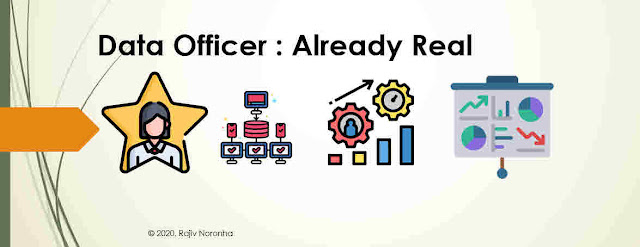To Guess is Cheap, To Guess Wrong is Expensive !!!
We heard of the proverbial intuition in selecting people in our hiring / selection processes. Haven't you heard about him / her who proudly proclaims. "I have a gut feeling he would be a great fit. I will select the candidate".
True, you have a gut feeling but when the choice of a wrong fit is more expensive than wrongly rejecting the right candidate you know which side it is better to err. Some hiring decisions are for roles where the wrong person can make a huge impact negatively on the organization. In such cases it is better to be more cautious.
Coupe of interesting one I came across (this is from Zig ZIglar)
Failure is an event, not a person !!
Often the event is missed out and the person bears the brunt of being typecast a failure. This is short sighted. In a process centric world today, we look for six sigma levels of design and so if something fails it should be a mistake in the process maybe due to various reasons, lack of training, lack of awareness or simply oversight. Thus it is important to distil out the real issue else we would only end up looking for a scapegoat, a name to fix or a head to roll.
Others can stop you temporarily, you are the only one who can do it permanently.
That is why they say today one has to constantly seek to realize one's potential. Not be able to contribute on what you are capable of is something that causes inefficiency in any system and that is something we always need to look for so that we can achieve beyond what is expected or what we thought possible.
Success comes when preparation meets opportunity.
Something I always tell new folks who join my organization. In large organizations we have "Potential Opportunities" but unless one is ready for them prepares and spots them putting the effort it won't materialize. Those who succeed are the one's who were well prepared and therefore identified, then delivered on the opportunity.
Coupe of interesting one I came across (this is from Zig ZIglar)
Failure is an event, not a person !!
Often the event is missed out and the person bears the brunt of being typecast a failure. This is short sighted. In a process centric world today, we look for six sigma levels of design and so if something fails it should be a mistake in the process maybe due to various reasons, lack of training, lack of awareness or simply oversight. Thus it is important to distil out the real issue else we would only end up looking for a scapegoat, a name to fix or a head to roll.
Others can stop you temporarily, you are the only one who can do it permanently.
That is why they say today one has to constantly seek to realize one's potential. Not be able to contribute on what you are capable of is something that causes inefficiency in any system and that is something we always need to look for so that we can achieve beyond what is expected or what we thought possible.
Success comes when preparation meets opportunity.
Something I always tell new folks who join my organization. In large organizations we have "Potential Opportunities" but unless one is ready for them prepares and spots them putting the effort it won't materialize. Those who succeed are the one's who were well prepared and therefore identified, then delivered on the opportunity.




